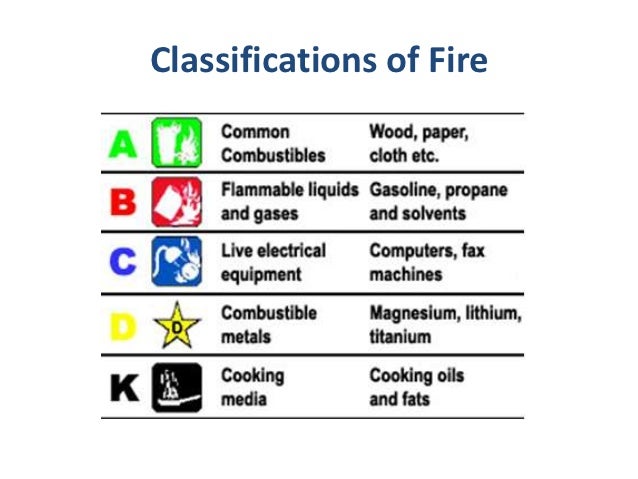Fire Classifications 101 & Suppression Systems for a Paint Booth
Not all fires are treated the same, but all fires can be deadly so they all deserve the right suppression system or sprinkler system to limit the damages and save lives if needed.
A fire suppression system can be installed in any type of building or facility that has the potential to start on fire. This can include everything from your home to a food truck, an oil rig to a space shuttle or large manufacturing plants that are making vehicles or the latest technology pieces.
How to protect each facility or application is determined by the different sources that can cause or start on fire. The NFPA classifies different types of fires by class types. The classification is based on the fuel type of the fire. Coming straight from NFPA.org to limit any miswording here are the fire classifications:
- Class A: Ordinary combustible materials, such as wood, cloth, paper, rubber and many plastics. They burn with an ember and leave an ash. Extinguish by cooling the fuel to a temperature that is below the ignition temp. Water and other extinguishing agents are effective.
- Class B: Flammable liquids (burn at room temperature) and combustible liquids (require heat to ignite). Petroleum greases, tars, oils, oil-based paints, solvents, lacquers, alcohols, and flammable gases. High fire hazard; water may not extinguish. Extinguish by creating a barrier between the fuel and the oxygen, such as layer of foam.
- Class C: Fuels that would be A or B except that they involve energized electrical equipment. Special techniques and agents required to extinguish, most commonly carbon dioxide or dry chemical agents. Use of water is very dangerous because water conducts electricity.
- Class D: Combustible metals, such as magnesium, titanium, zirconium, sodium, lithium and potassium. Most cars contain numerous such metals. Because of extremely high flame temperatures, water can break down into hydrogen and oxygen, enhancing burning or exploding. Extinguish with special powders based on sodium chloride or other salts; also clean dry sand.
- Class K: Fires in cooking appliances that involve combustible cooking media (vegetable or animal oils and fats).
Paint Booth Fire Suppression Systems Designed to Cover a Class A, B or C Fire
3S Incorporated works with manufacturing companies across the US and world to create fire detection and suppression systems for their electrostatic paint booths. A paint booth fire hazard could be classified as A, B or C depending on the fuel and equipment power.
To suppress a fire and limit damages in a paint spray booth, mix room or paint storage you can install a dry chemical, water mist or water deluge system. The fire suppression system needed to protect the process depends on the size of the paint booth, the ventilation systems and the paint application equipment used. Early detection is critical to minimizing fire spread and damage. IR based flame detectors are typically used to detect a fire within seconds. Quickly turning off the fuel to the fire is key in mitigating the damage to equipment and process downtime.
To learn more about paint booth fire suppression systems, visit 3S Incorporated. They are industry leaders in industrial fire suppression and can service customers across the United States and worldwide.
